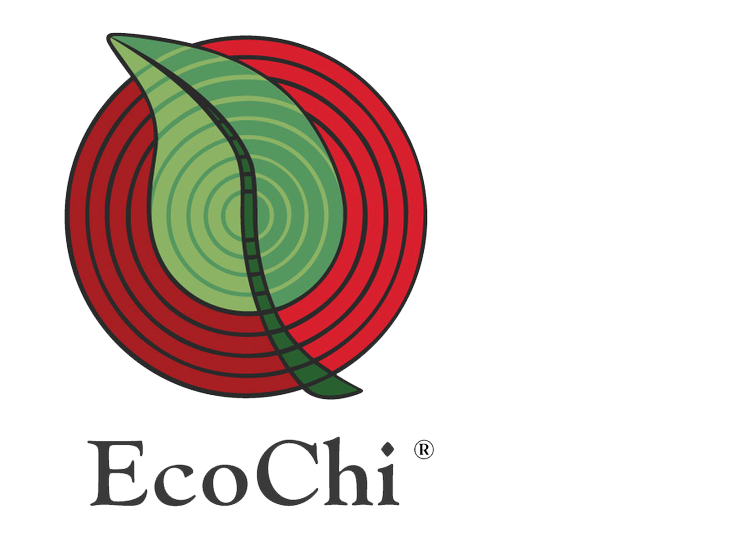Wellness, Place Attachment And Pandemics
The original article was published by Frontiers in Psychology, as a Hypothesis and Theory article, on November 26, 2020; Written by Salman Majeed and Haywantee Ramkissoon; Edited by Bernardo Hernández; Reviewed by Kathleen L. Wolf & Mónica Carballeira Abella | https://doi.org/10.3389/fpsyg.2020.573220
EcoChi Vital “Vit-Bit”: Landscape resources, such as clean water, blue sky, and pollution-free environment, favorably influences people’s perceived goodness of therapeutic landscapes that may contribute to their optimal health and well-being. The quality of the environment determines the quality of human health and the healing process.
An EcoChi Vital Abstract
Therapeutic landscapes encapsulate healing and recovery notions in natural and built environmental settings. Tourists’ perceptions determine their decision making of health and wellness tourism consumption. Researchers struggle with the conceptualization of the term ‘therapeutic landscapes’ across disciplines. Drawing on extant literature searched in nine databases, this scoping review identifies different dimensions of therapeutic landscapes. We propose measurement scales and discuss implications and major issues in the immediate and post the COVID-19 pandemic to inform future research. Drawing on theories of humanism and structural and cultural ecology, Gesler (1992) introduced the concept of therapeutic landscapes and uncovered the healing and recovery coordination between place and environment (Gesler, 2003). Therapeutic landscapes are referred to (1) facilities that offer conventional western medical treatments and alternative health treatments, such as naturopathy, cupping therapy, art therapy, mud therapy, etc. (Williams, 1998; Smith, 2015; Majeed et al., 2017a, 2019a), (2) built attractions, e.g., spa hotels, hospitals, community gardens, etc. (Oster et al., 2011; Adongo et al., 2017; Majeed et al., 2018; Townsend et al., 2018; Ramkissoon, 2020), and (3) travel destinations with natural features (Palka, 1999) which provide restorative experiences alongside the feeling of comfort and gratitude to individuals seeking health and well-being (Hansen et al., 2017). Therapeutic landscapes are a combination of physical and built environments with human perceptions and social interactions that interact with each other to produce a sense of healing (Gesler, 2003; English et al., 2008) which generates happiness and contributes to the overall quality of life. Life satisfaction, happiness, and quality of life notions are noted as the core constructs of health and well-being (Smith, 2015; Ramkissoon, 2020) or sometimes just well-being. Researchers also examine the contribution of healing places to human health and well-being, which are noted in terms of connections of mind, body, and soul (Townsend et al., 2018; Majeed et al., 2019a). Researchers have examined the traveling trends of people across the globe with hopes and expectations to find different health and well-being treatments (Smith, 2015; Majeed et al., 2017a, 2018, 2019a; Ramkissoon et al., 2018). Individuals perceive that traveling to destinations with abundant therapeutic landscapes, such as health resorts, gardens, meadows, lakes, and wellness retreat centers, improves their health and well-being. Scholars note the increasing trends in health (medical) and wellness tourism that allow tourists to rest and relax or spend time at therapeutic landscapes after surgery for recuperation (Ramkissoon et al., 2013a; Majeed et al., 2018; Kaspar et al., 2019). People in the Baltic States report they search to improve their health and well-being by enjoying the spa, being at the beach, and exploring forests (Smith, 2015). Some scholars mention the healing properties of the sea, trees, and fossil-based treatments at destinations (Dryglas and Salamaga, 2018). Natural scenery, such as calm aquatic scenes and gently curving banks, positively influences human feelings of healing and recovery (Asakawa et al., 2004; Steinwender et al., 2008; White et al., 2010)
Copyright © 2021 EcoChi, LLC. All rights reserved.




